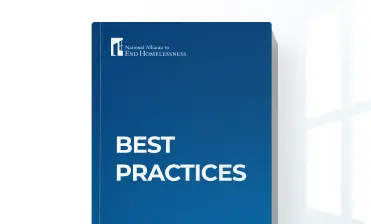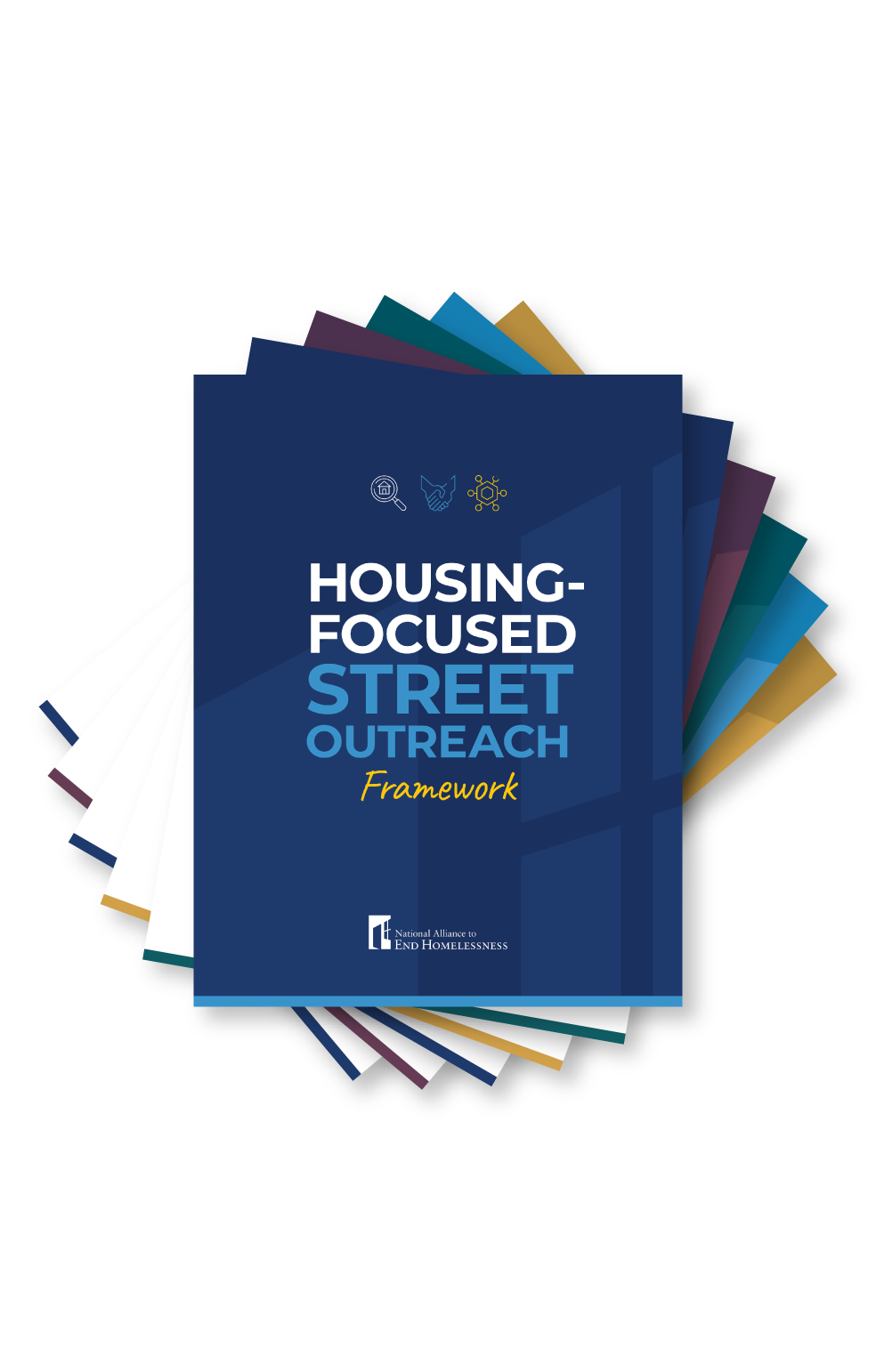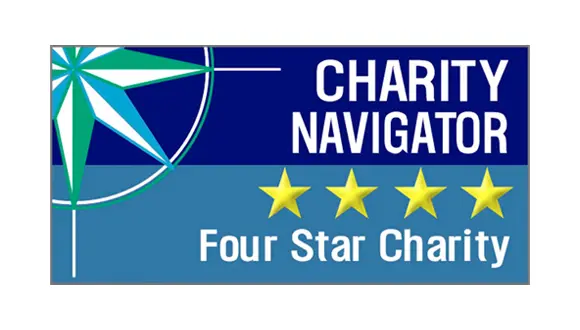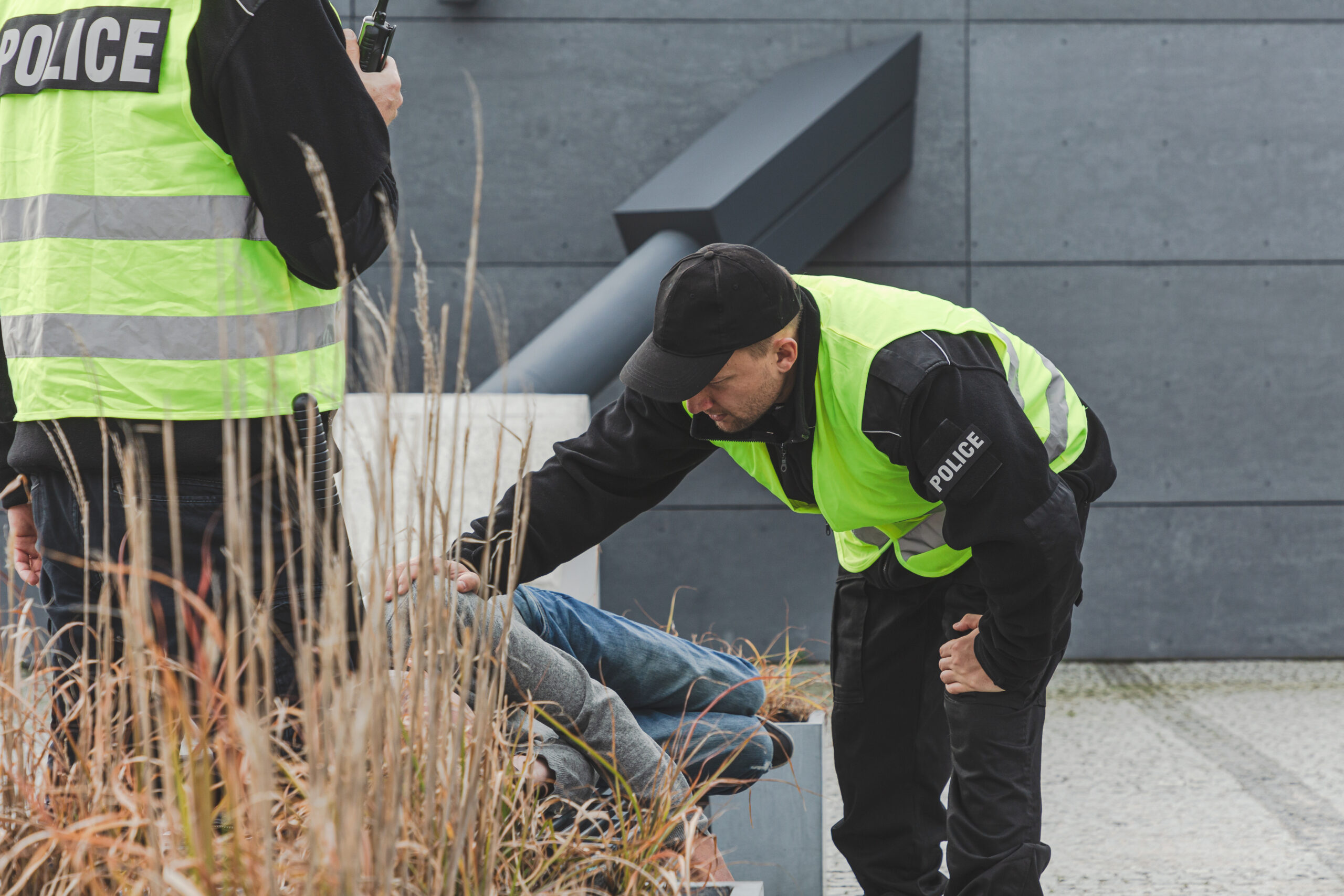As homelessness continues to increase across the United States, many communities find that law enforcement agencies have the potential to be capable allies in addressing homelessness-related issues and crime.
Recently, our organization, Safe Night, joined with the National Alliance to End Homelessness and other law enforcement partners who work to address both community safety and homelessness. This collaboration is specifically in response to a recent request from the U.S. Department of Justice on the most effective ways to address homelessness.
Safe Night works directly with communities to provide solutions to increase community trust and safety, we fully support the effort to bring capable law enforcement officers into the fold. It is essential that they have the training necessary to build resilient relationships with collateral professionals and interact with people experiencing homelessness from a trauma-informed perspective.
Increasingly, law enforcement agencies recognize that enforcement-only approaches are not effective in the long term. In fact, they cause friction in community efforts to manage homelessness. Simply clearing encampments and making arrests without coordination and planning with service providers presents two significant problems.
First, as those working in the homeless services field know, clearing encampments merely displaces people and their belongings. It does not address long-term needs. When police unilaterally clear encampments and simply make arrests, it erodes trust in municipal workers and other providers. Without that trust, it is harder to assess and appropriately meet their needs, and more likely that people will not accept services.
Second, when police take action without considering parallel efforts, they alienate essential partners. It is far more effective to join the ongoing efforts of providers and practitioners and benefit from their expertise.
Leveraging the Power of Collaboration
Highly collaborative multidisciplinary teams are the most effective way to manage large-scale community challenges. However, before collaboration can be successful, police need to understand their role in an effective and humane response to homelessness.
- First, contextualizing law enforcement’s function begins with understanding providers’ and practitioners’ expertise, roles, and limitations. Police need education on the importance of case management, Housing First, and communicating with unhoused people from a trauma-informed perspective.
- Second, building individual relationships with practitioners and service providers provides law enforcement with deep expertise, resources, and support. With a better understanding of their place in the process and improved relationships with service providers, police can be more effective and become a productive part of the overall goal of ending homelessness.
We travel the country, training municipal agencies and community groups, including police departments and other law enforcement agencies. In nearly every community, we find law enforcement officers committed to collaborating with municipal agencies and community service providers and making an effort to build relationships with people experiencing homelessness.
As our training teaches, relationship building in this capacity is a simple concept, but not easy. It is far more complex than merely attending community meetings and outreach events. The reality is that police academies do not teach officers how to collaborate with community agencies or how to build individual relationships with community members, including people experiencing homelessness. Developing these crucial social skills requires specific training and commitment to learning new competencies.
Educating Law Enforcement
It can be challenging to find police-focused resources with training rooted in evidence-based research and practice. Law enforcement agencies often contact other police agencies with established homeless outreach services to learn how to implement these programs. Officers might ride-along with homeless outreach teams for a shift or review standard operating procedures. However, this is not sufficient. It only provides a preliminary glimpse of the hard work necessary to establish a functional, collaborative, multidisciplinary approach to managing issues related to homelessness.
It is crucial to educate law enforcement officers on their role in the larger picture and the importance of relationship-building with practitioners and people experiencing homelessness. With more information and practice, law enforcement officers can become powerful community partners and advocates for people experiencing homelessness.
To address this gap, we developed the Proactive Alliance relationship-based approach, and we train first responders and municipal agencies nationwide. Proactive Alliance is an empathy-based, trauma-informed method of community engagement rooted in counseling psychology and social work. It prioritizes multidisciplinary collaboration from a prevention standpoint and compels law enforcement agencies to proactively seek community stakeholders to build relationships and form problem-solving partnerships.
This approach is the foundation for municipal and enforcement agencies to establish and maintain trust with people experiencing homelessness, collateral agencies, and community service providers. Specifically for law enforcement officers, the training addresses two key challenges of community-oriented policing:
- building meaningful collaboration across diverse communities, and
- empowering frontline officers to become change agents in pursuit of the ‘co-production’ of public safety” (Gill & Mastoras, 2021).
Importantly, co-producing public safety invites everyone to the table: first responders, practitioners, community providers, peer advocates, and people experiencing homelessness.
Sustainable Solutions
Even in successful homeless outreach programs, sustainability is challenging. This is especially true in law enforcement, when mobility to different units, assignments, and schedules is inevitable. Law enforcement needs a formal model with a structured process that is taught and replicated to new generations of officers. A structured, evidence-based curriculum can overcome turnover because the “wisdom” of the program resides in the curriculum and the defined process, not reliant on a single person or group of people. With a comprehensive curriculum, a clear understanding of team member roles, and a united approach to community engagement, new team members can quickly adopt the values and methods necessary to contribute to the multiagency team.
We hope to be a practical resource to law enforcement officers and community practitioners to help bridge the gap between collaborative partners as we work together to end homelessness compassionately.
About Safe Night
Founded in 2018, Safe Night® is a consulting firm that provides solutions to increase community trust and safety. Safe Night® works with community stakeholders and municipal agencies to improve collaborative problem-solving strategies. Our clients include police departments, local and state enforcement agencies, public health, social services, non-profits, economic development, business improvement districts, private businesses, community groups, and public-private partnerships. We have years of experience in policing, public policy, and social services, which can significantly influence your community for the better.
Works Cited
Gill, C., & Mastoras, M. C. (2021). Proactive Alliance: Combining policing and counselling psychology: This article is related directly to the 6th International Law Enforcement & Public Health (LEPH) Virtual Conference in March 2021. Journal of Community Safety and Well-Being, 6(3), 112-117. https://doi.org/10.35502/jcswb.193
U.S. Department of Housing and Urban Development. (2023, December 15). The 2023 Annual Homeless Assessment Report (AHAR) to Congress. https://www.huduser.gov/portal/sites/default/files/pdf/2023-AHAR-Part-1.pdf
Stay Updated: Solutions, Stories, and Ways to Make an Impact
Sign up to receive updates on the Alliance’s work, including the latest research, advocacy efforts, and real stories of progress — plus ways you can help drive lasting change.














